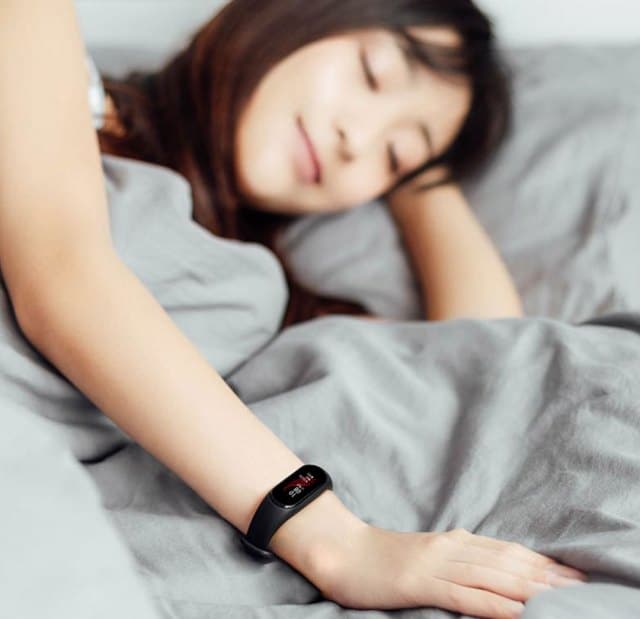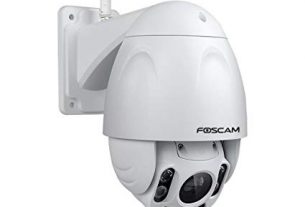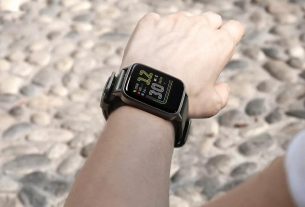Introduction: When it comes to Xiaomi, the first impression of many of us is its mobile phone. This is indeed the case. People not only praise Xiaomi mobile phones in China but even abroad, and the author wants to share with you Xiaomi Mi Band 3.
This is a Xiaomi product and it should not be surprising that Mi Band 3 has reached a budget price point. Half the cost of Fitbit’s current entry-level Fitbit Flex 2 but more. At this price point, it may have more features than most products, but it may not be able to do all the functions particularly well, and its accuracy is not the best. However, if you don’t plan to spend a lot of money and only meet basic needs, you will likely still find that Xiaomi 3 is correct in many ways.
The design of Xiaomi 3 is basically nothing fancy. The real tracker itself is pill-shaped, plastic, has a 0.5-inch OLED touch screen, and below is a circular capacitive touch screen for menu navigation. I love this little touch panel, which lets you interact by tapping and holding it, while also providing a bit of tactile vibration. However, touch and swipe gestures on the screen are inherently more error-prone. Sometimes it takes multiple swipes to register. By swiping up and down, you can scroll through different screens, such as a screen that shows your steps, heart rate, weather, and notifications for a day. The display is usually bright enough to read, but reading can be difficult on particularly sunny days outdoors. There are also different dials that you can switch directly from the device.
The Mi Band 3’s silicone strap is very basic, but this material does not attract dirt. The strap passes through a loop on the other side and is secured with a stud that is difficult to secure. Cycles are not the most attractive either. Right here, the Fitbit Flex 2’s strap looks much more cautious. The 128×80 resolution display can also be used to reflect notifications from smartphones such as WhatsApp or SMS, but its vertical orientation and low resolution have not made these notifications particularly easy to read. It’s at least functional, letting you know what the last buzz came from your phone.
On the back of the Mi Band 3’s fuselage, you will find a heart rate monitor, but as far as the sensor is concerned, this is what it does, not just the accelerometer used to calculate the number of steps. Not surprisingly, given the cost, there is no built-in GPS and no altimeter. The latter is even more regrettable, as it allows most trackers to record altitude while climbing stairs and the like. Considering the price of Mi Band 3, its build quality is surprisingly good. Its plastic is not easy to scratch. The most important thing is that it is waterproof to 50 meters. This means you can take it with you to swim, and more importantly, you don’t have to worry about taking it off to take a bath.
The fitness tracking capability of the Mi Band 3 is very basic, partly due to the lack of the aforementioned sensors. It can complete the basic steps you expect from any fitness tracker, and when you are sedentary, it will also send movement reminders to make you feel shocked. You can set your step goals in the accompanying Mi Fit app for iOS or Android, and a message will be displayed on the screen when you reach the goal. Overall, the number of steps seems to be accurate. Each fitness tracker calculates your steps slightly differently, so different readings are not uncommon. Most importantly, health trackers need to be consistent, and this is the case here.
You can also do sleep tracking, but this is also very basic, far less in-depth and accurate than the sleep tracking of Fitbit or Huawei tracker. Your sleep is divided into deep sleep, light sleep, and awake time at night, but even when I must wake up several times at night, I wake up for 0 minutes. My sleep time was at least accurately recorded. You will get some useful data to compare your sleep with your average sleep time of seven days, such as going to bed early. You can also compare with people of the same age.
Heart rate readings for myocardial infarction level 3 during exercise are also a bit suspicious. For example, readings during a run are usually lower than expected for a good 20 BPM. Similarly, during a heavy hard lift, I did not get the expected peak heart rate after the lift. After a similar effort, I got readings from other heart rate monitors about 10 BPM lower than I saw. But on the other hand, after reading for a while, I could read 102 times per minute, which was higher than expected. Heart rate readings seem to be everywhere.
Continuous heart rate reading settings at least provide more consistent results, although I think it’s still off. This brings my current resting heart rate to about 57-58 BPM, and honestly, based on my current cardiovascular situation, it’s a little bit pleasant. Other tests I did on other devices put me in the more standard 65BPM range. In the end, I can’t believe too much about the accuracy of the Mi Band 3’s heart rate sensor. As for motion tracking, the annoying thing is that the Mi Band 3 itself can’t do anything other than launch a universal “sport”. This triggers a timer and heart rate sensor and gives you a calorie burn reading. You can also swipe between screens to see different information.
If you want to get more specific exercise, such as outdoor running, treadmill, outdoor bike or walking, you must come up with this app. The outdoor option can use the phone’s GPS to get a more accurate distance. The post-workout screen in the app can show the time spent in different heart rate zones. Xiaomi’s battery can last up to 22 days, but it also needs to turn off some more power-hungry features. After turning on this switch, I still have 25% stamina after 10 days, so the stamina is still very good. To charge, you need to remove the tracker from the strap and slide it into a dedicated stand. It’s a bit complicated, but at least it’s not something you do every week.
If you don’t want to spend a lot of money, many things the Mi Band 3 does are decent enough. The general activity tracking works well. Although the notification function of the smartphone is limited, it is a convenient benefit. It is worth repeating how cheap this thing is. But if you really care about the accuracy of the collected data, such as sleep or heart rate, you better spend more. The Fitbit Flex 2 does not require a display, but Fitbit’s heart rate sensor and sleep tracking technology are more accurate.



Never seen anyone do it better!